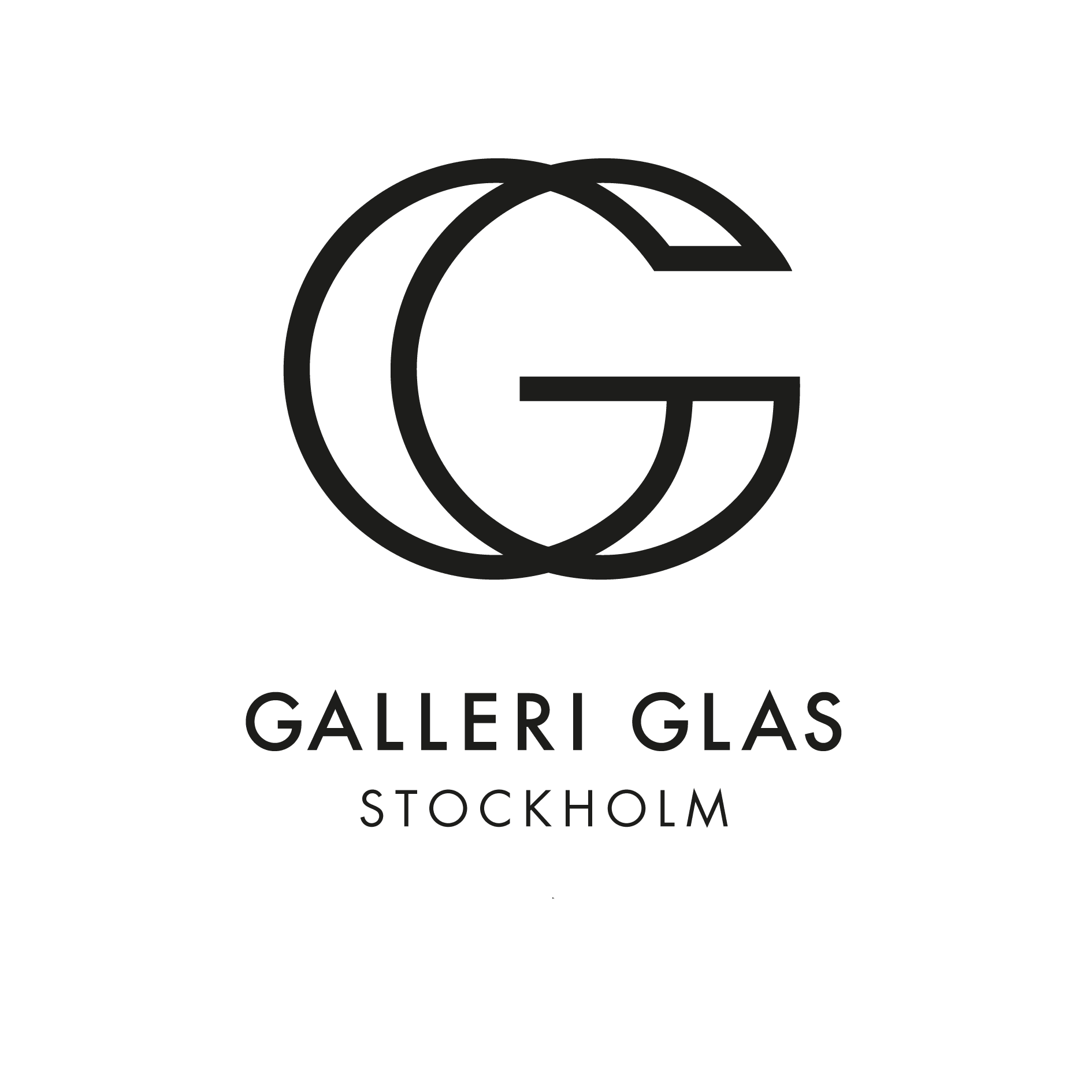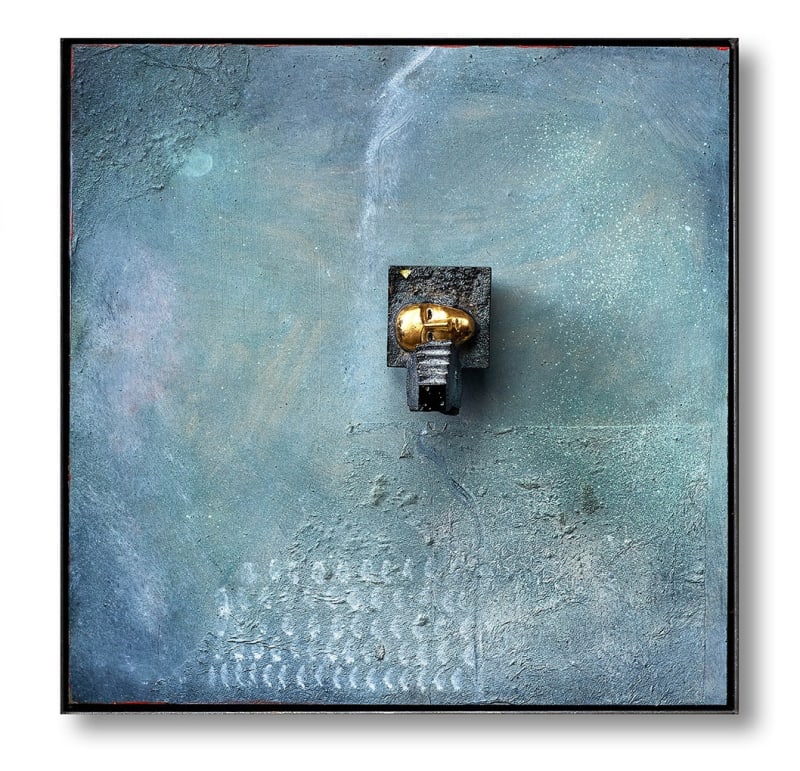Bertil Vallien: Corset
When Beril Vallien is now back at Galleri Glas, in his second exhibition in collaboration with
Kosta Boda, he takes yet another stride forwards into the dark universe of glass. His capacity for
making use of the molten glass, not just as form but also as material, has given him a unique
position in the art world. In Corset he links up strongly with early Surrealism. Strict black glass
forms, almost impenetrable to the eye, are reminiscent of the French artist Claude Cahun’s black
and white photographs from the early 20th century, but also of the work of Frida Kahlo and her
famous corset paintings. There is pain or violence in several of the sculptures that find expression
not least in Bertil Vallien’s playful approach to the material. Besides glass, bits of wood, fragments
of metal, leather – things that we can recognize from the 18th century’s highly advanced women’s
corsets.
For the exhibition Bertil Vallien has created a more than two-metre long boat whose narrative
begins with the history or myth of the Unknown Woman of the Seine. True or invented,
innumerable artists – including Man Ray, Camus, Nabokov and others – have, like Bertil Vallien,
been inspired by this unknown “drowning Mona Lisa” (Albert Camus). For those of us who have
followed Bertil Vallien’s unceasing journey by boat with human figures, the new exhibition
represents yet further proof that the ability of the molten glass to provide a sort of time capsule or
historic adventure which captivates with its mysterious beauty.
In the course of his career of some 60 years Bertil Vallien (b. 1938) has principally made his
name with his highly original and famous style in sandcasting sculptures – glass boats and heads.
Over the years he has won numerous awards all over the world including Artist of the Future and
the Royal Swedish Science Academy’s medal for his work as a designer. In 2020 he received the
Lifetime Visionary Award from the Glass Art Society – one of the most prestigious prizes that a
glass artist can win.


